When people think of electric vehicles (EVs), the first images that come to mind might be eco-friendly, tree-hugging city cars quietly gliding through suburban neighborhoods. But that stereotype is so 2010. Today, EVs are not just sipping electrons—they’re gulping down electrons like they’re at an all-you-can-drink power buffet and leaving their gasoline-guzzling cousins choking on dust. Here are 19 electric vehicles that leave even the most potent internal combustion engines (ICEs) in their lithium-ion-powered wake.
Tesla Model S Plaid
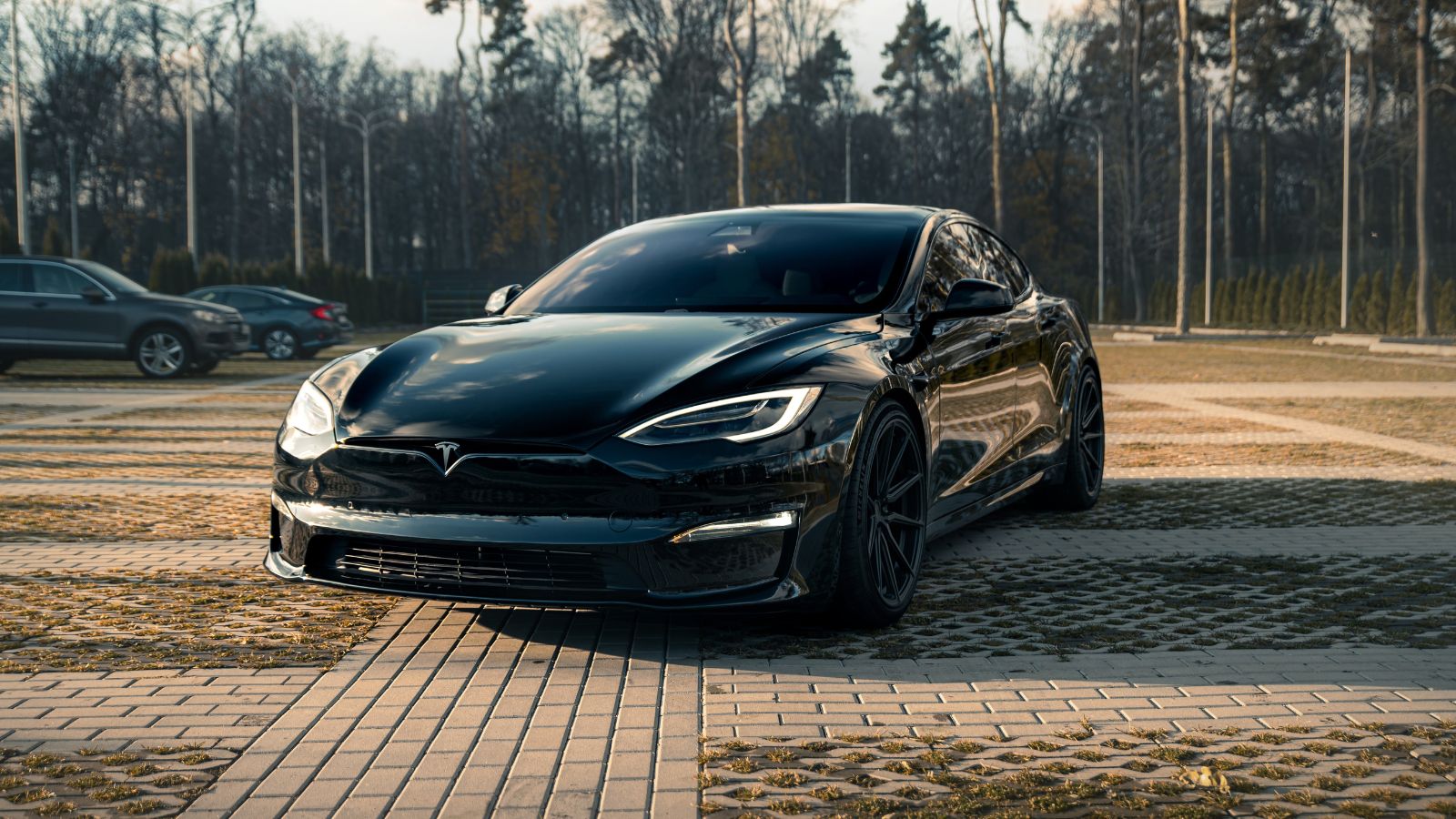
With a mind-bending 1,020 horsepower, the Tesla Model S Plaid doesn’t just whisper; it screams past the competition, reaching 60 mph in just 1.99 seconds. That’s faster than you can say, “range anxiety.” This electric marvel doesn’t just go fast in a straight line—it handles like a dream, thanks to its low center of gravity and advanced all-wheel-drive system. And let’s not forget the 396-mile range that proves you can have your speed and eat it, too.
Rimac Nevera
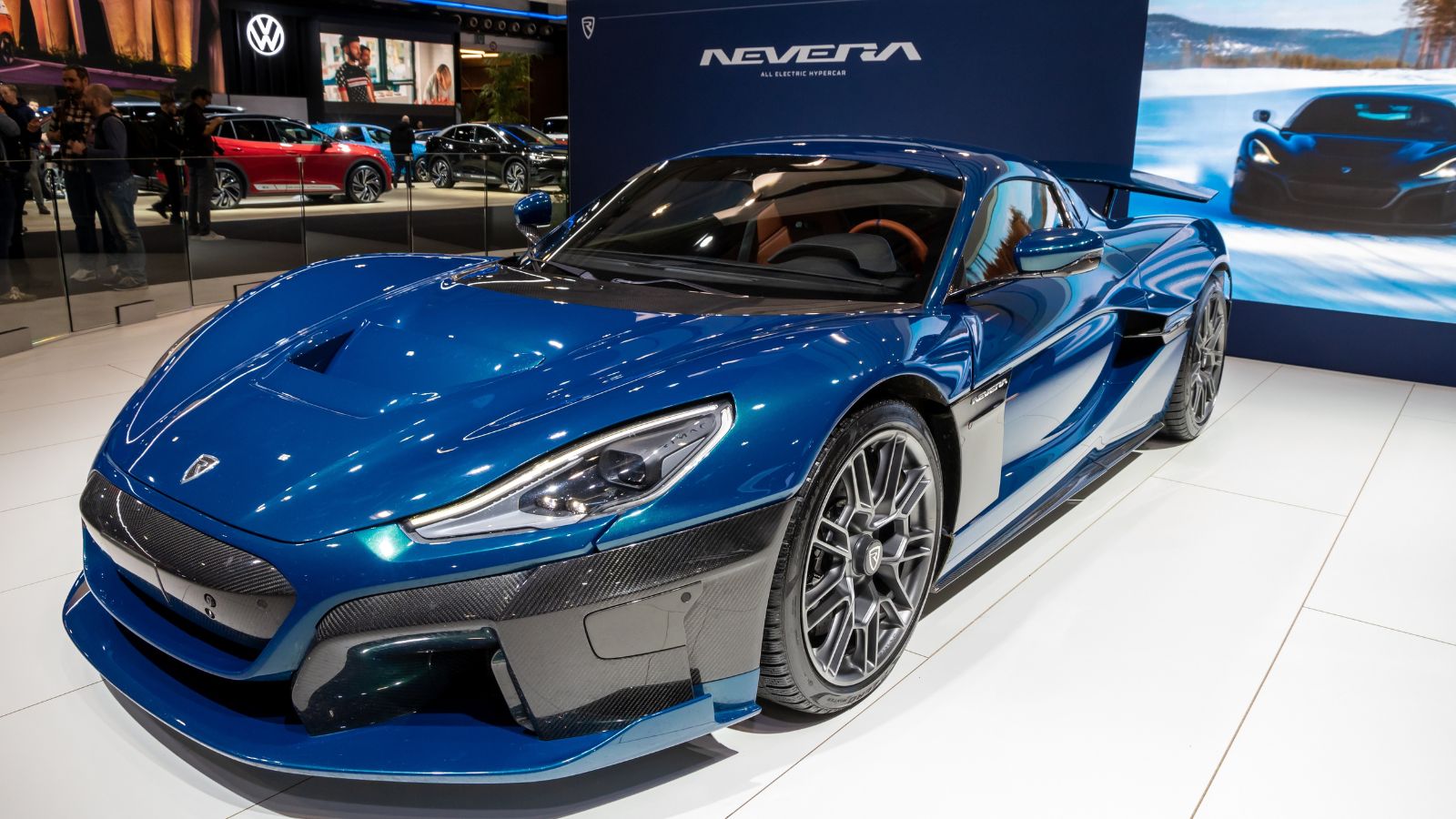
The Rimac Nevera is a hypercar with a capital “H.” With 1,914 horsepower, it obliterates the 0-60 mph sprint in just 1.85 seconds, leaving even the mighty Bugatti Chiron in the dust. Built in Croatia, this EV isn’t just about speed; it’s a showcase of what happens when cutting-edge technology meets relentless innovation. The Nevera’s quad-motor setup allows for precise torque vectoring, making it not just a straight-line monster but also a cornering machine.
Porsche Taycan Turbo S
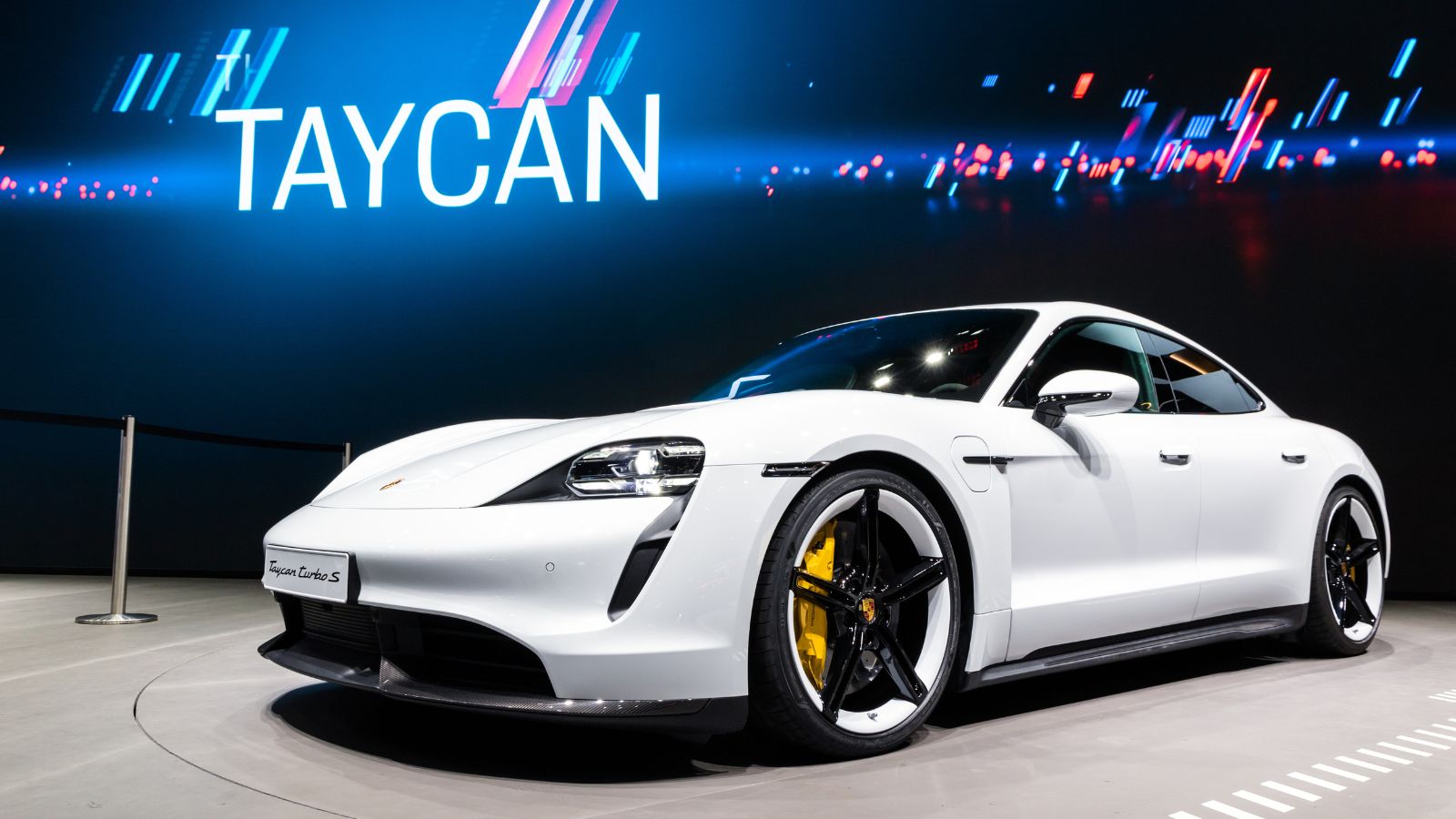
Porsche entered the EV game with a bang, and the Taycan Turbo S proves that you don’t need gas to go fast. With 750 horsepower and a 0-60 time of 2.6 seconds, this all-electric sports car carries the Porsche DNA—precision, power, and a lot of fun. It also holds the record for the fastest production EV lap at the Nürburgring Nordschleife, proving that electrification doesn’t mean compromising on performance.
Lucid Air Sapphire
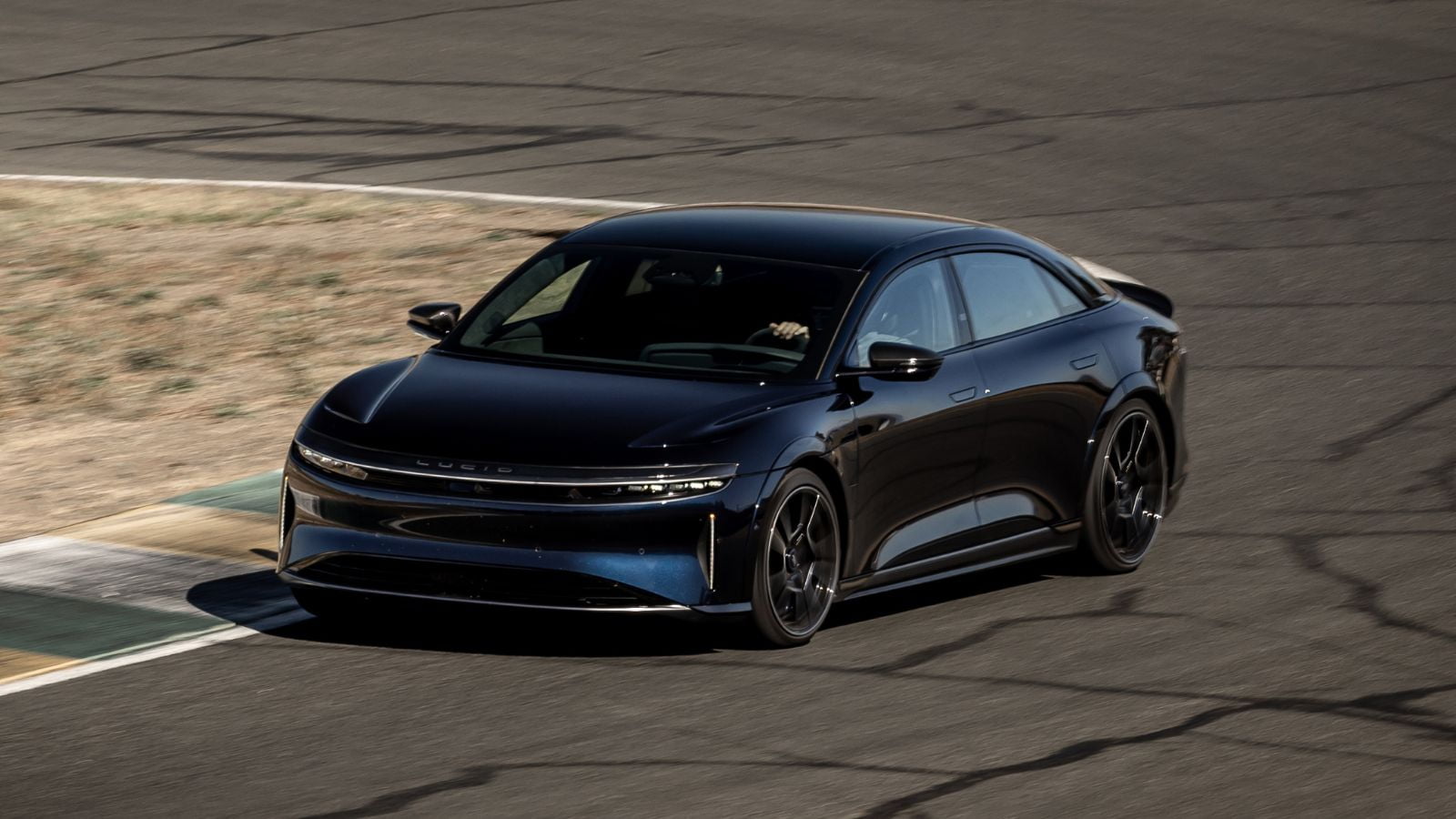
Lucid Motors didn’t just want to create an electric car; they wanted to create the fastest luxury sedan on the planet. Enter the Lucid Air Sapphire, with a top speed of 205 mph. The car can go from 0 to 60 mph in 1.89 seconds and complete a quarter mile in 8.95 seconds. The Sapphire also has a peak power of 1,234 hp, a drag coefficient, and can seat up to five people. This isn’t just fast for an EV; it’s fast, period. With a range of over 400 miles, it’s a true dual-threat, offering speed and distance without a drop of gasoline.
Lotus Evija
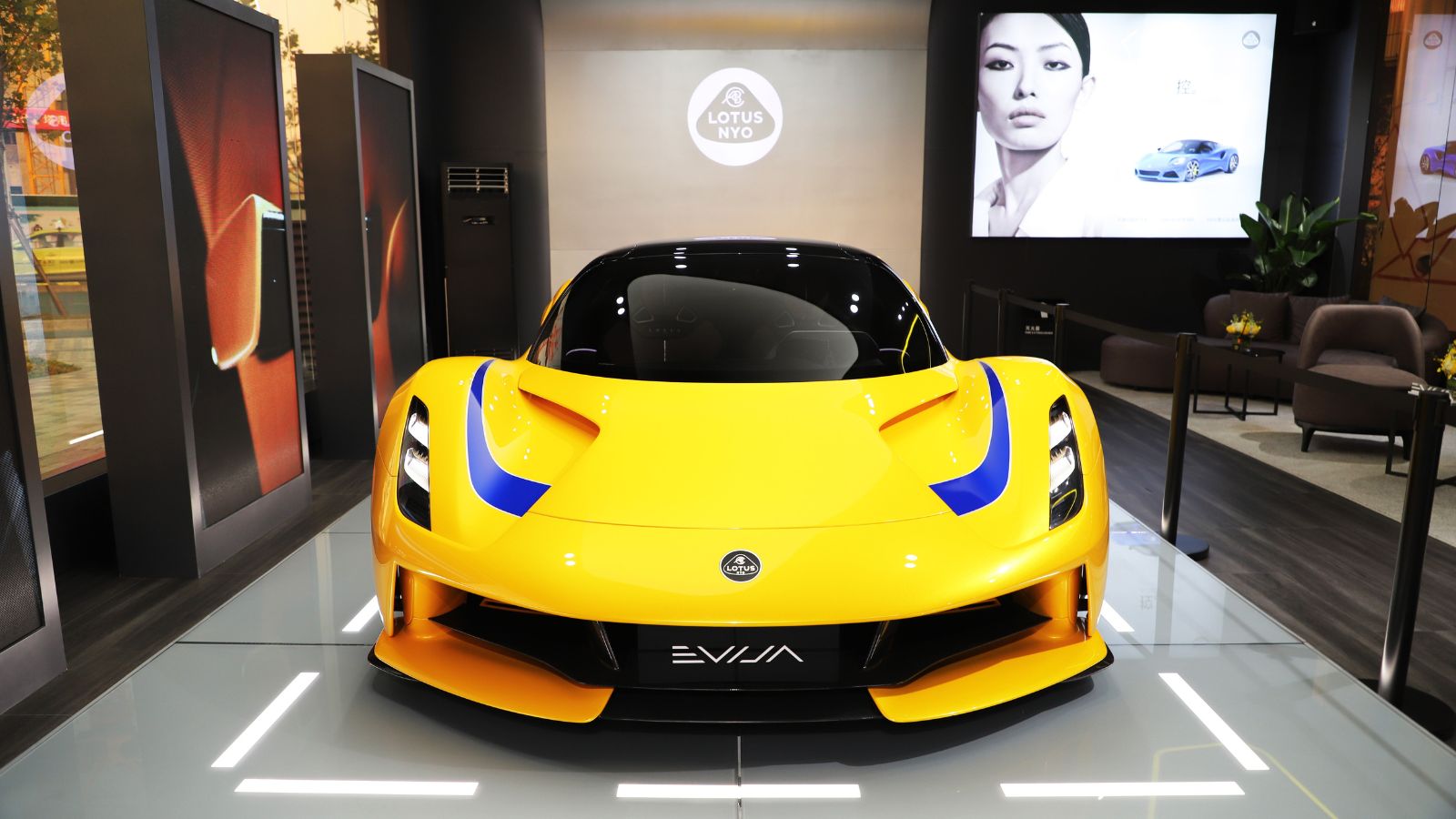
The Lotus Evija is as much a work of art as a speed demon. It’s the world’s most powerful series production road car, with a target power output of 2,000 PS (1500 kW). The Evija can go from 0 to 62 mph (0-100 km/h) in under three seconds and has a top speed of 218 mph (350 km/h). Plus, the Evija weighs just over 3,700 pounds, making it the world’s lightest production EV hypercar. It has an ultra-lightweight carbon fiber monocoque and a mid-mounted battery pack. And it’s not just about straight-line speed—the Evija is a beast on the track, thanks to its aerodynamic design and advanced suspension system.
Aspark Owl

The Aspark Owl may sound cute, but don’t let its name fool you. The Owl was designed to be the fastest-accelerating electric car and was unveiled in concept form at the 2017 Frankfurt Auto Show. This Japanese hypercar packs a whopping 1,985 horsepower and a claimed 0-60 mph time of 1.69 seconds, making it one of the fastest accelerating cars on the planet—electric or otherwise. Additionally, the Owl’s carbon fiber body, Lithium-ion, 6912 cells, 3.6 V, 69 kWh capacity, and a maximum voltage of 801 Vdc ensure that it’s as nimble as fast.
Tesla Roadster (Next Gen)
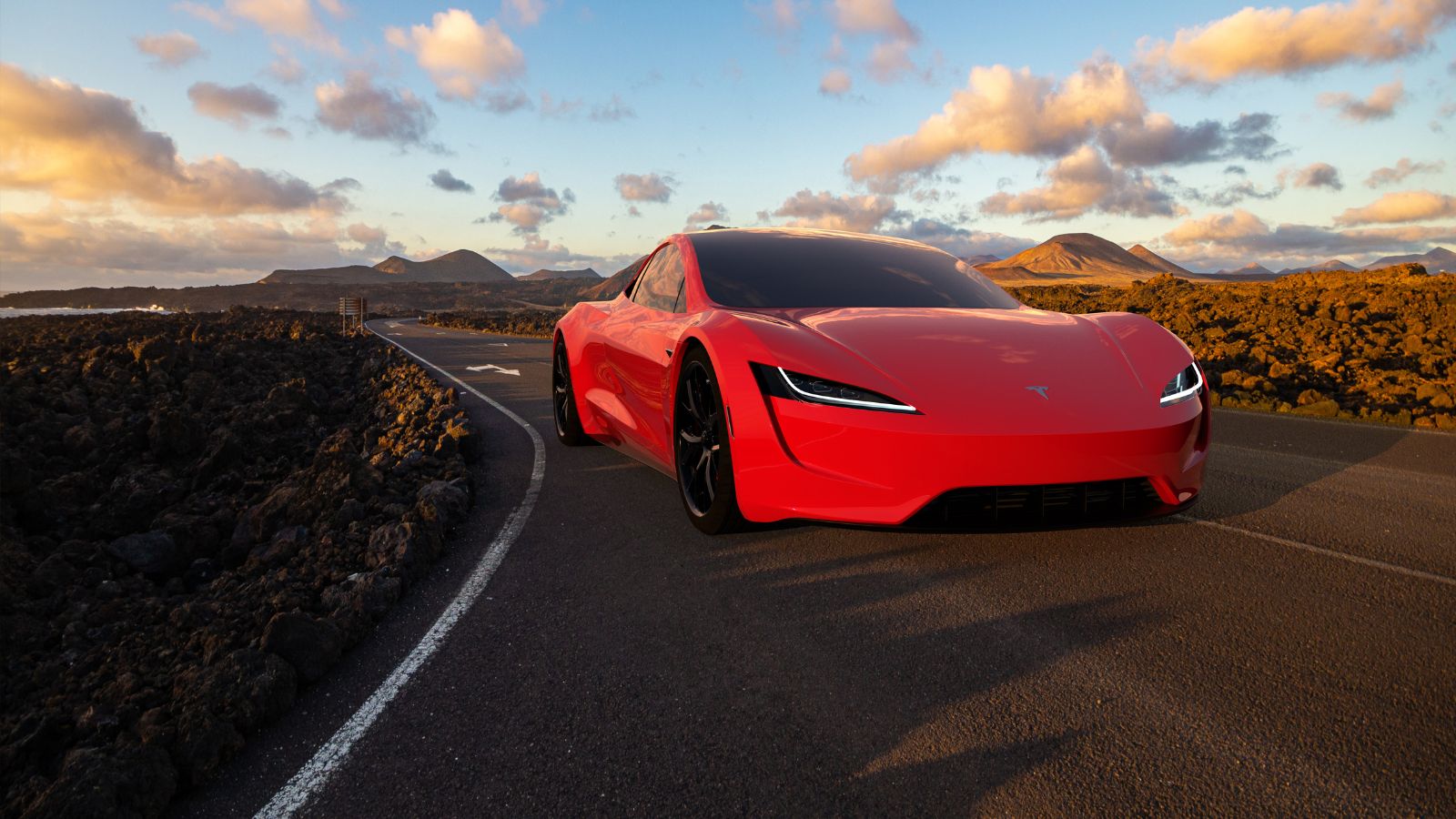
Tesla’s original Roadster put the brand on the map, and the upcoming next-gen Roadster is set to redefine what we expect from electric sports cars. The car will have room for four people and may include an optional rocket-assisted launch and handling system developed with SpaceX. This system could include around 10 small rocket cold air thrusters to improve acceleration, top speed, braking, and cornering. With a promised 0-60 mph time of 1.9 seconds and a top speed of over 250 mph, depending on the model, the car could even fly.
Audi RS e-Tron GT
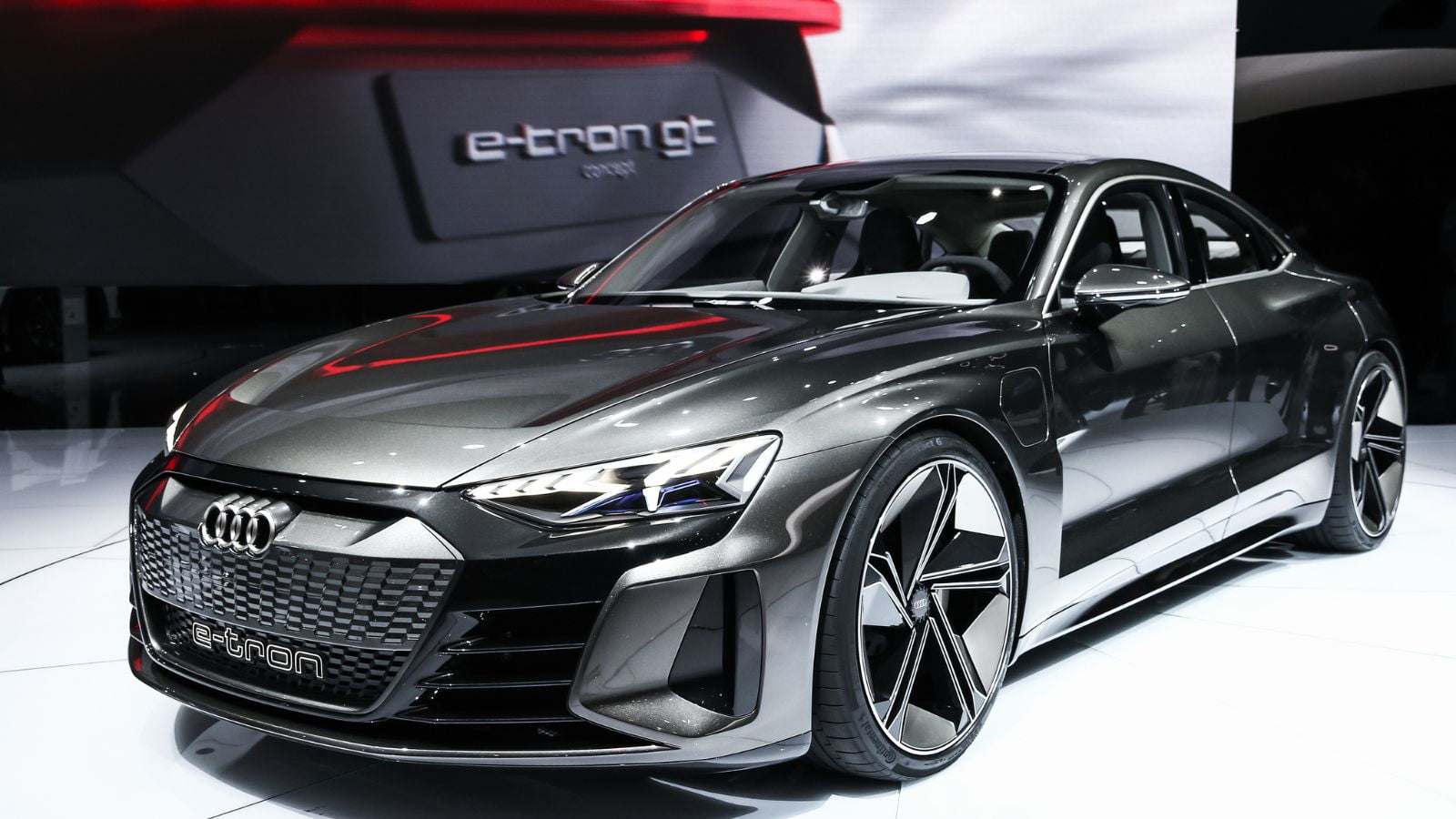
The Audi RS e-tron GT combines luxury, performance, and electrification in a package that’s as thrilling as practical. With 440 kW power, 830 Nm of torque, and a top speed of 250 km/h, it may not be the fastest on this list, but it’s certainly no slouch. And with Audi’s signature 21-inch alloy wheels as standard or 21-inch six twin-spoke RS wheels with the Carbon Black trim, the RS e-tron GT offers confidence-inspiring grip, whether carving up mountain roads or blasting down the autobahn.
Nio EP9
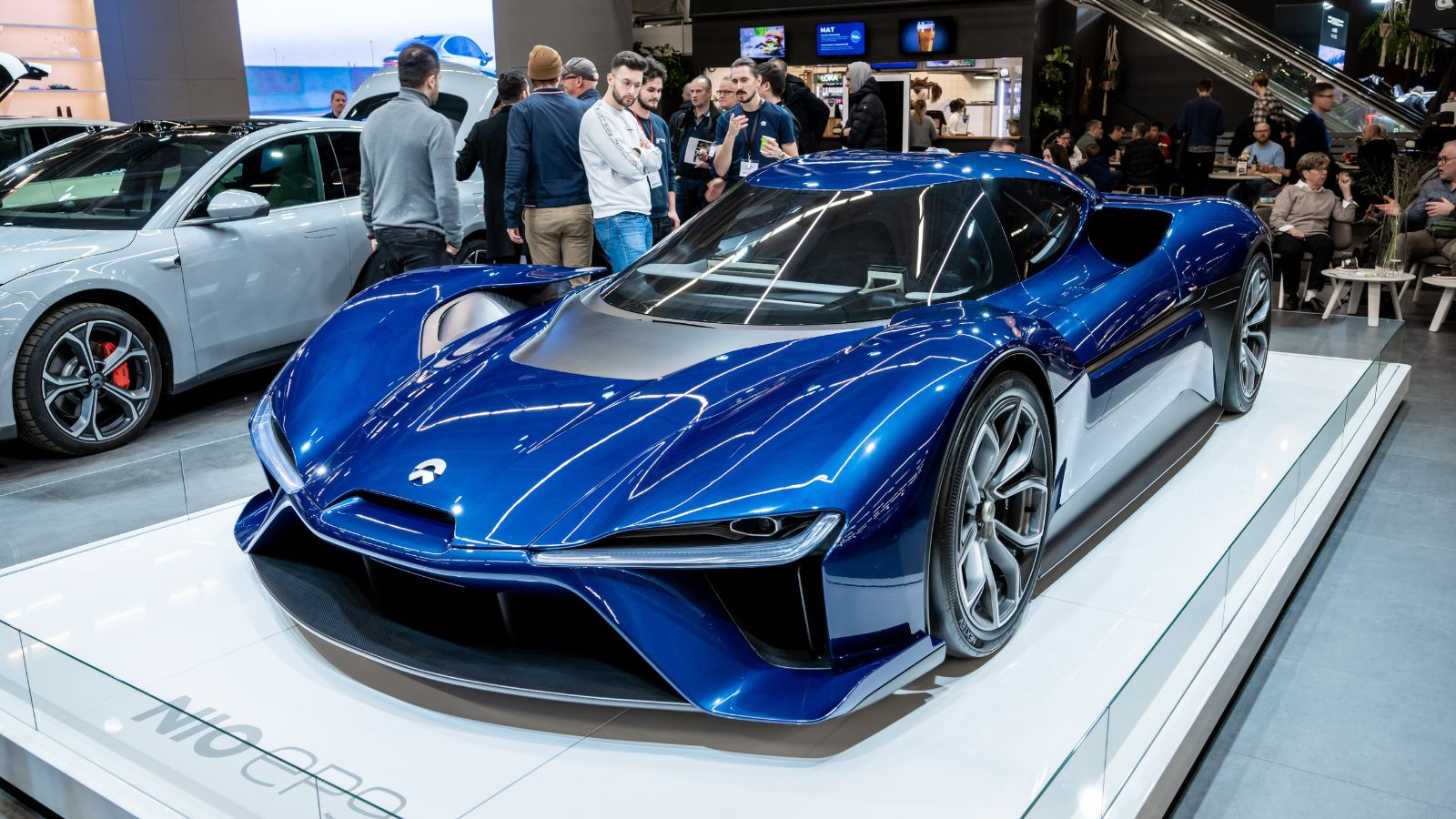
China’s Nio EP9 is a hypercar designed to challenge traditional supercars and showcase the company’s capabilities in electric mobility. The EP9 has a carbon fiber chassis and exterior and weighs 3,825 lbs. (1,735 kg). It has four electric motors, one for each wheel, and can reach speeds of over 300 km/h. And to no one’s surprise, the EP9 currently holds the lap record for an electric vehicle at the Circuit of the Americas and the Nürburgring Nordschleife, showing that it’s more than just a straight-line hero.
Pininfarina Battista
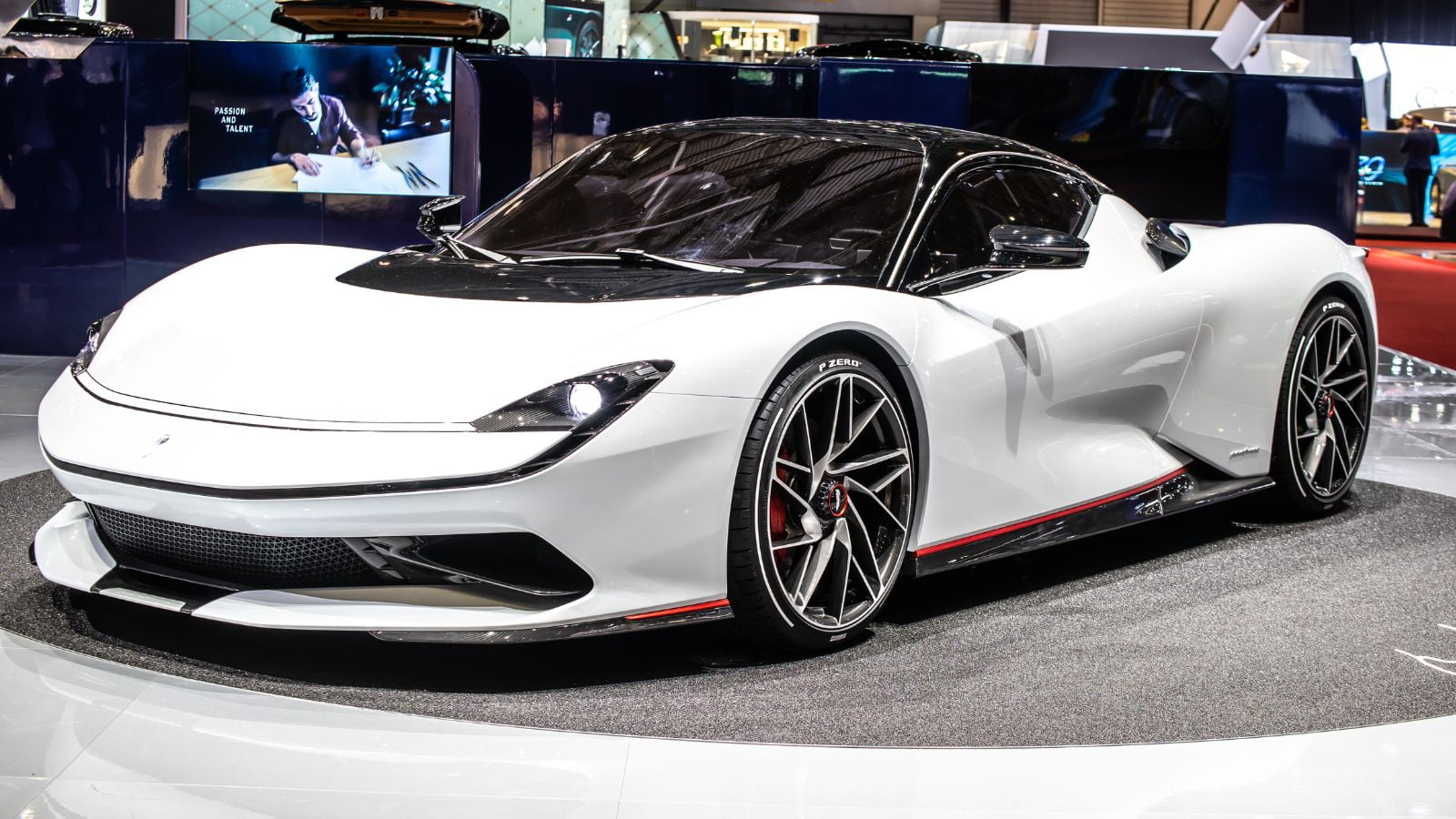
Named after the founder of the legendary Italian design house, the Pininfarina Battista is as beautiful as it is fast. The Battista is powered by a 120-kWh battery pack supplied by Rimac Automobile. The car also has four individual motors with an output of 1400 kW and 2300 Nm of torque. It’s a masterpiece on wheels, proving that electric power can be both exhilarating and elegant.
Faraday Future FF 91
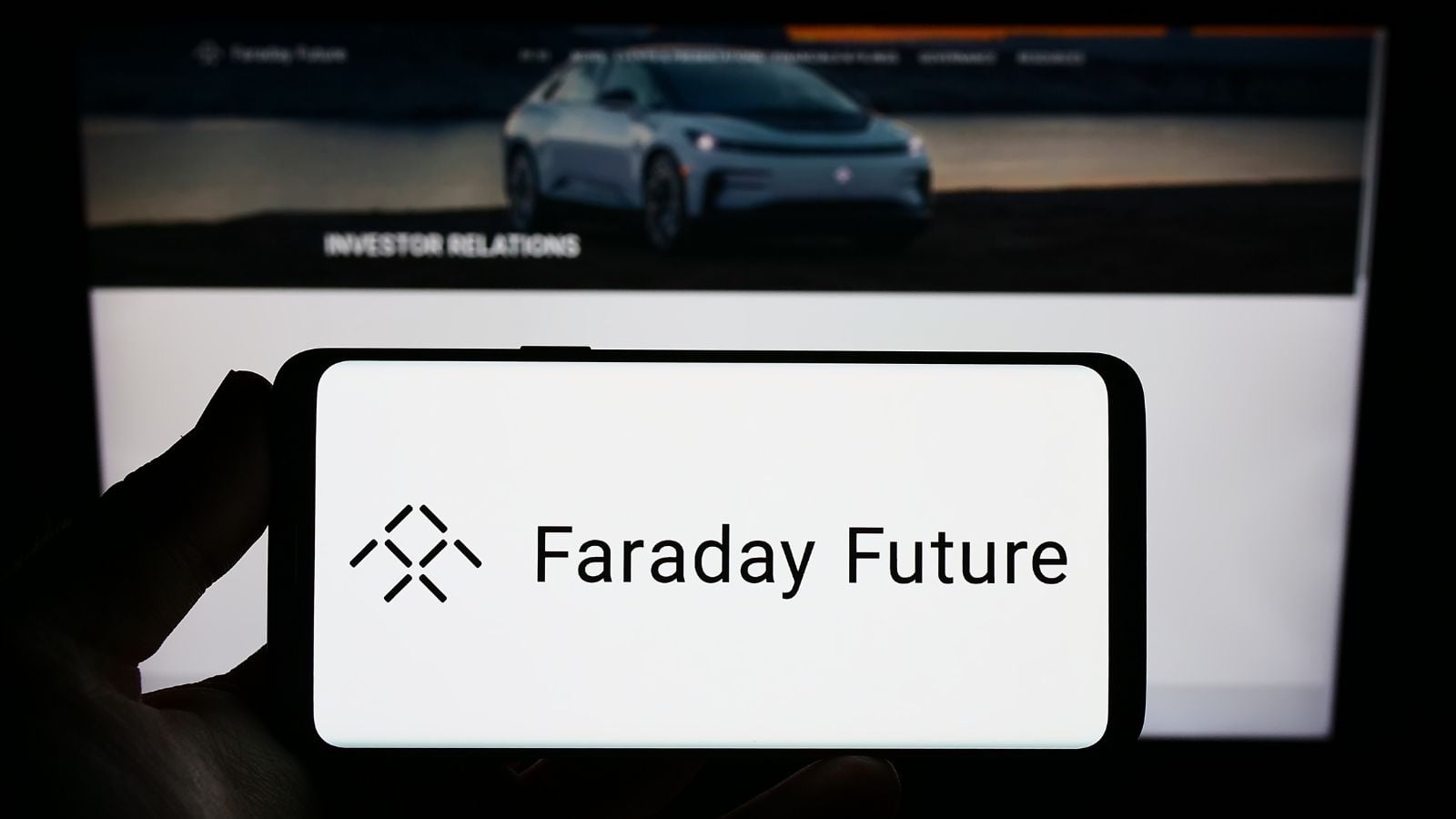
Faraday Future may have had a rocky start, but the FF 91 is no joke. It has three motors produce 1,050 horsepower and can go from 0 to 60 mph in 2.27 seconds. The FF 91 has a 142-kWh battery pack and an EPA-certified range of 381 miles. It also features rear-wheel steer functionality and real-time torque vectoring for responsive handling. But what truly sets it apart is its tech-centric approach, with autonomous driving features, a futuristic interior, and a user experience that feels more spaceship than a car.
Mercedes-Benz EQS AMG
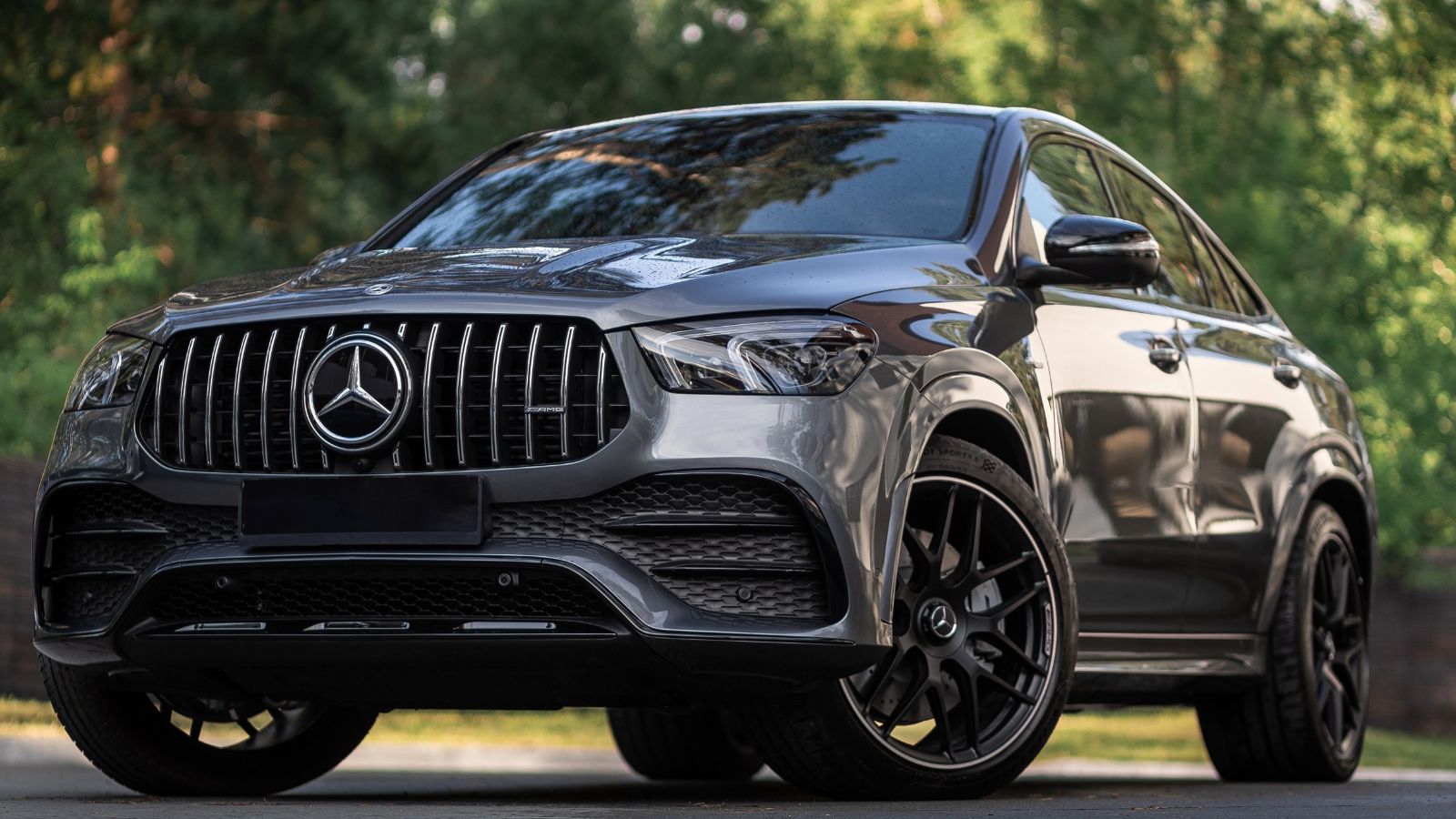
The Mercedes-Benz AMG EQS is a five-seater, all-electric sedan with a 107.8 kWh lithium-ion battery and dual AMG electric motors. It has a range of 277 miles and can be charged at quick-charging stations with up to 200 kW. The EQS also has a 56-inch MBUX Hyper screen, a 15-speaker Burmester sound system, ambient lighting, multi-zone climate control, and power seats with a massage function. The car may look like a luxurious cruiser, but press the pedal to the floor, and it’ll take off like a scalded cat.
Ford Mustang Mach-E GT Performance
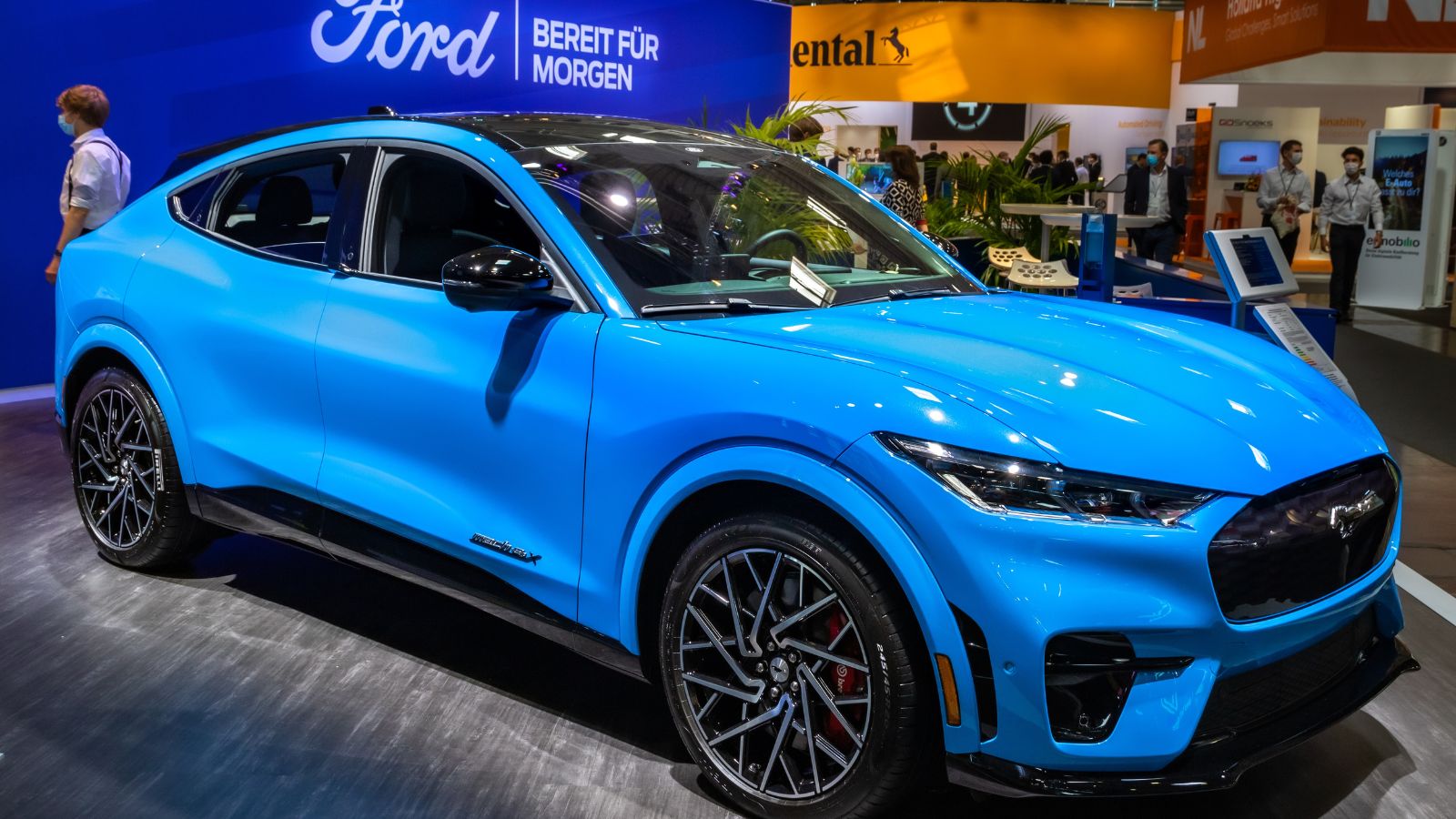
Ford’s iconic Mustang has gone electric, and the Mach-E GT Performance is here to prove that you don’t need a V8 to have fun with an all-wheel drive (AWD) and a performance upgrade that increases torque to 700 lb.-ft and horsepower to 480. It can go from 0 to 60 mph in 3.3 seconds and has an estimated range of 280 miles. The Mach-E GT Performance also has MagneRide dampers, summer tires, and more capable brakes. In short, it combines the classic Mustang spirit with modern electrification, offering a new take on an American icon.
Chevrolet Corvette E-Ray
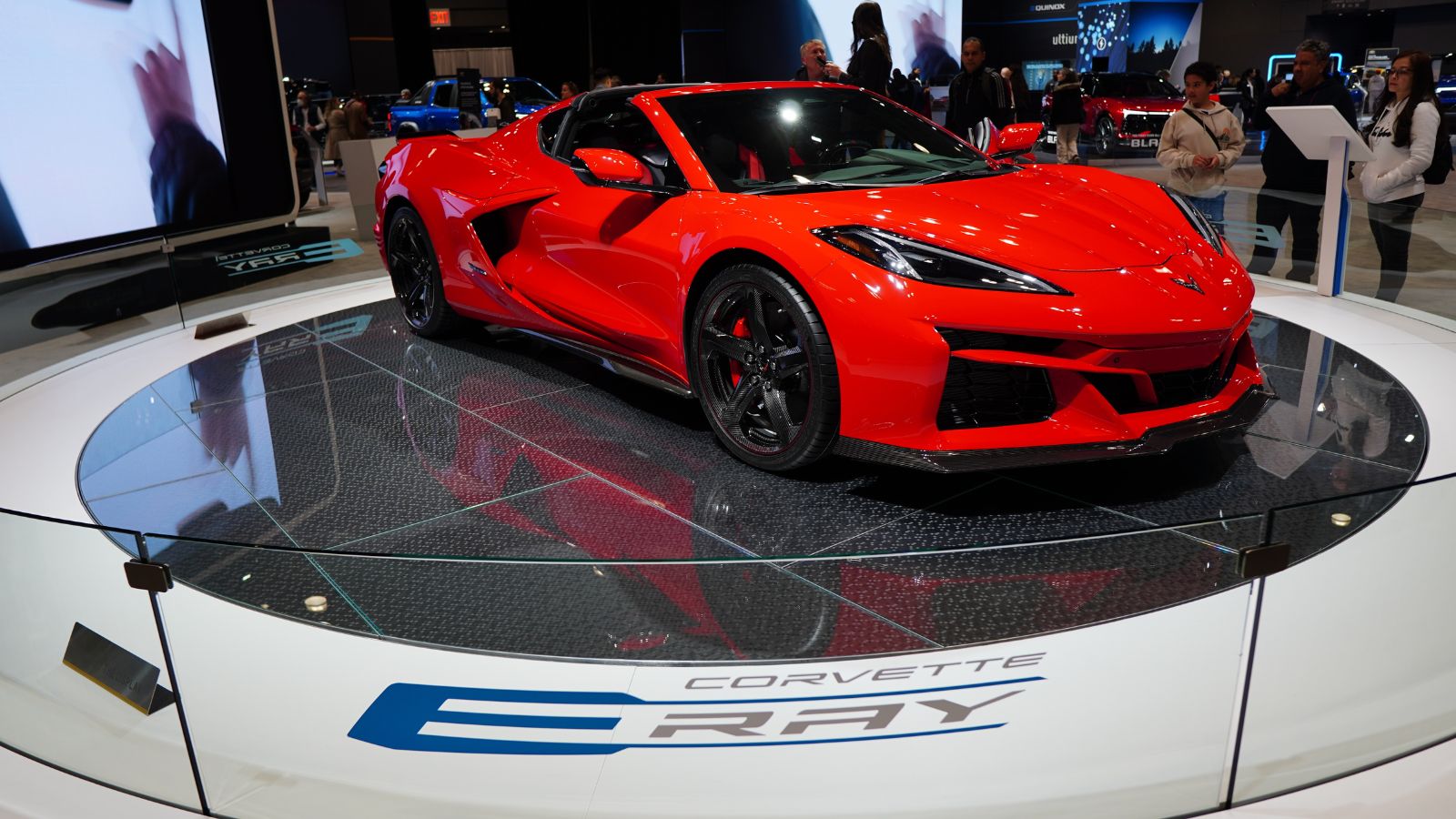
The Corvette E-Ray is proof that electrification doesn’t mean abandoning tradition. The E-Ray has the same LT2 V8 engine as the Stingray but with a hybrid system that adds 160 horsepower for 655 hp. The electric motor powering the front axle provides 119 kW of power, and the V8 engine provides 637 Nm of torque to the rear wheels. The electric motor adds 169 Nm of torque to the front wheels, resulting in impressive acceleration. It’s not a full EV, but it’s a glimpse into the future of performance, where electric power enhances, rather than replaces, internal combustion.
Jaguar I-Pace

Jaguar’s I-Pace may be an SUV, but don’t let that fool you—this is one quick kitty. The car features two Permanent Magnet Synchronous Electric Motors, each with 200PS and 348Nm of torque, for a total output of 400PS and 696Nm. This provides high-performance all-wheel drive. It might not be the fastest on this list, but it’s undoubtedly among the most stylish. The I-Pace combines Jaguar’s trademark luxury with the instant torque of electric power, making it a joy to drive on the highway or a winding country road.
BMW i4 M50
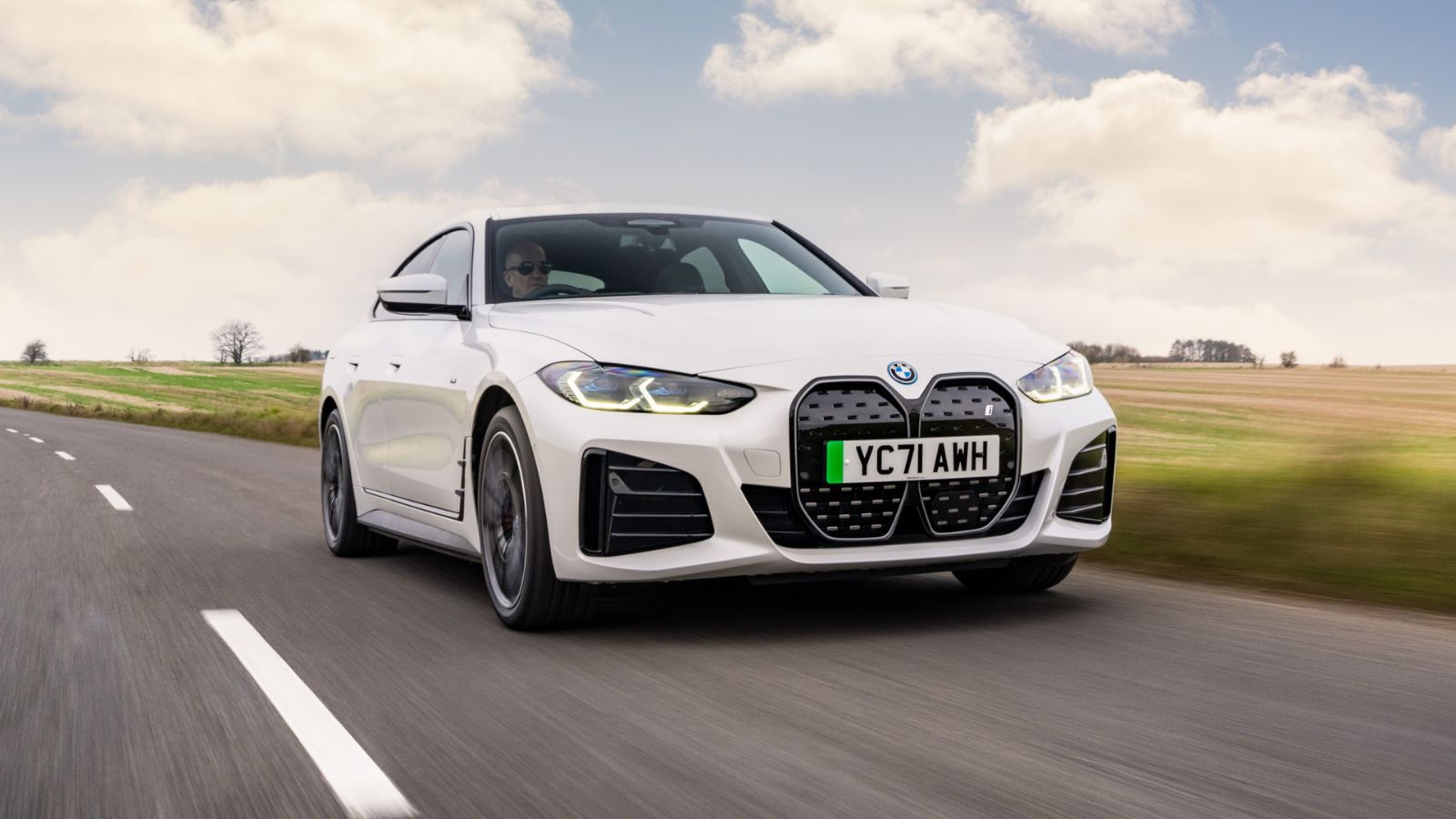
BMW’s M division has finally gone electric, and the i4 M50 is their first shot across the bow. The car has two high-performance electric motors that produce 536 horsepower in Sport-Boost mode. It can accelerate from 0 to 100 km/h in 3.9 seconds and has a top speed of 225 km/h. Plus, with the car’s front and rear weight distribution being 48.7% and 51.3%, respectively, the i4 M50 perfectly combines BMW’s legendary driving dynamics with the instant power of electric motors, offering a new kind of thrill for M enthusiasts.
Rivian R1T

The Rivian R1T proves that electric power isn’t just for sports cars. This all-electric pickup truck packs 835 horsepower and a 0-60 mph time of 3 seconds flat, making it one of the fastest trucks on the planet. But speed is just one part of the equation—the R1T is also designed to tackle the most challenging off-road trails, with advanced all-wheel drive, adjustable air suspension, and a range of over 300 miles.
GMC Hummer EV

The Hummer is back, and this time it’s electric. The GMC Hummer EV is a 9,000-pound monster with 1,000 horsepower and a 0-60 mph time of around 3 seconds. It’s not just fast for a truck—it’s fast. With features like Crabwalk (which allows the truck to drive diagonally) and Extract Mode (which raises the suspension by 6 inches), the Hummer EV is as capable off-road as it is on the drag strip.
Kia EV6 GT
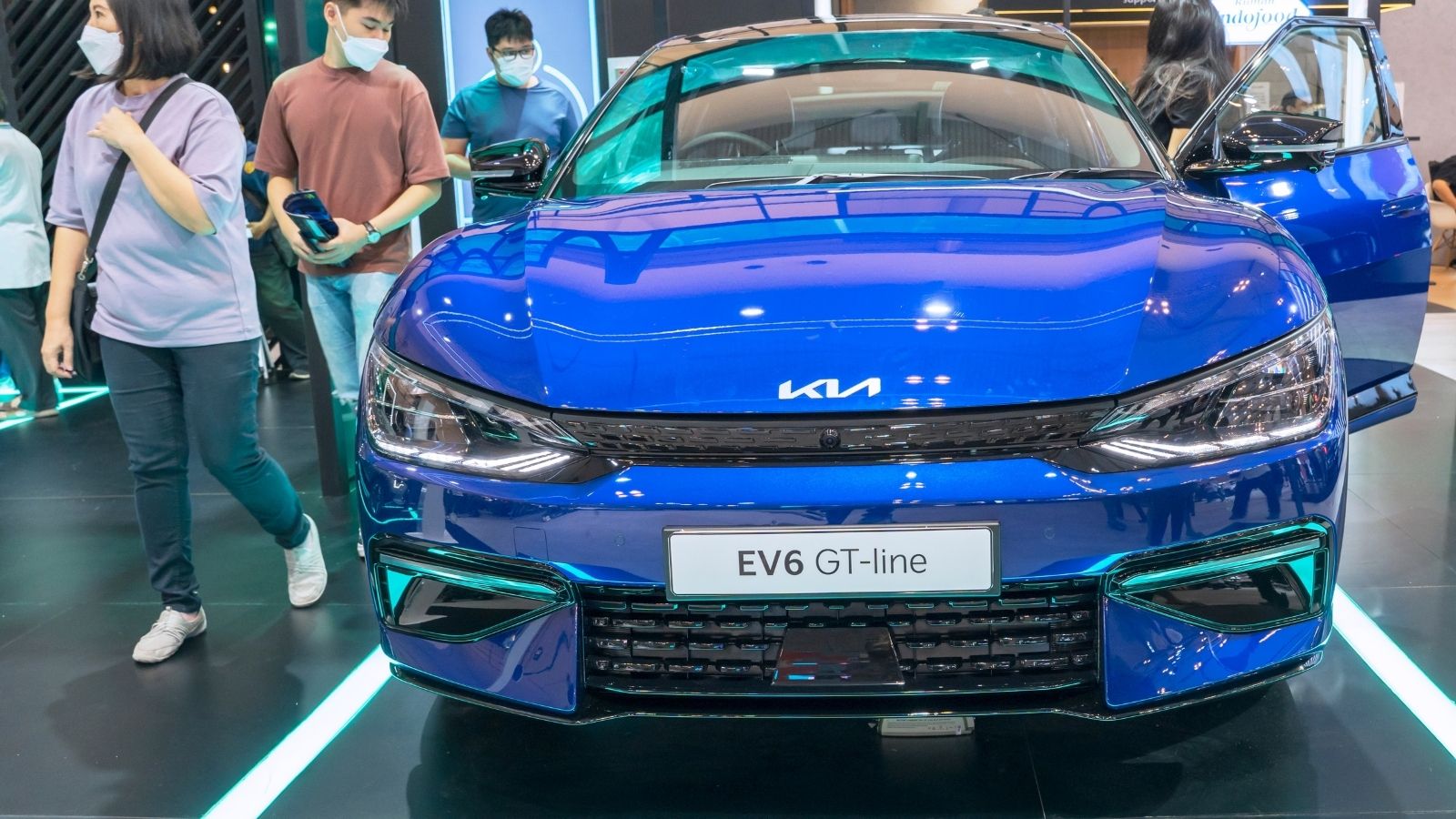
The Kia EV6 GT is a fully electric crossover SUV with a 77.4 kWh battery pack and 800V fast-charging capabilities. It has a driving range of up to 263 miles and can charge from 10% to 80% in 18 minutes. The EV6 GT has a top speed of 192 mph and can accelerate from 0 to 100 mph in just 5.2 seconds. Plus, featuring a striking front bonnet with a dedicated GT grill and bumper, a contoured solid body, new LED headlights, and unique rear light clusters. It perfectly combines the practicality of a crossover with the performance of a sports car, proving that you don’t need to be a luxury brand to go fast.
14 Supercars Under $100K That Deliver Breathtaking Speed and Style
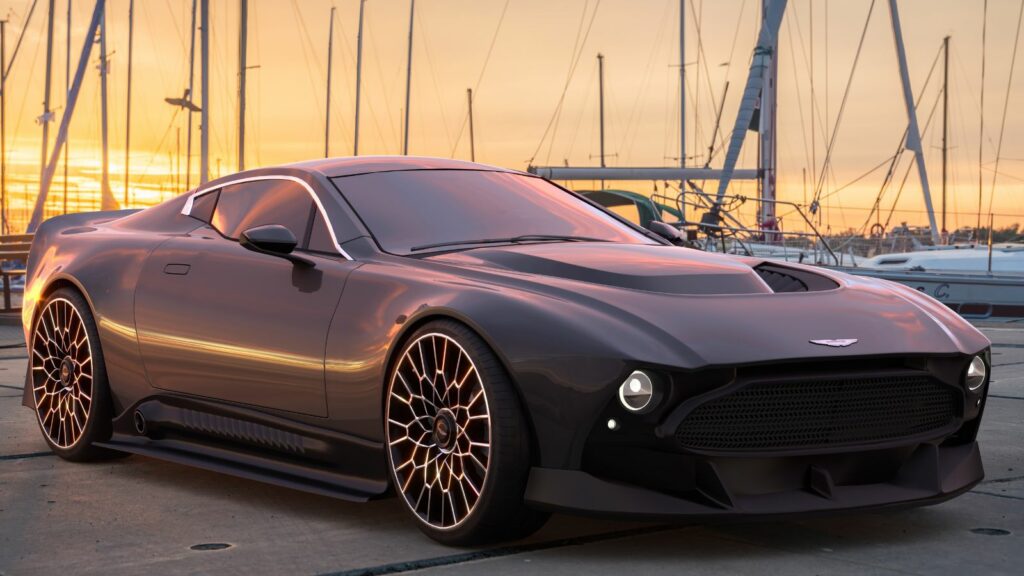
When you think of supercars, names like Ferrari, Lamborghini, and McLaren often come to mind, along with their staggering price tags. However, high-performance vehicles aren’t exclusively reserved for the super-rich. There exists a sweet spot where speed, style, and (relatively) sensible pricing converge, offering thrilling rides without completely obliterating your bank account. Hop in as we explore 14 underrated supercars under $100K.
14 Supercars Under $100K That Deliver Breathtaking Speed and Style
